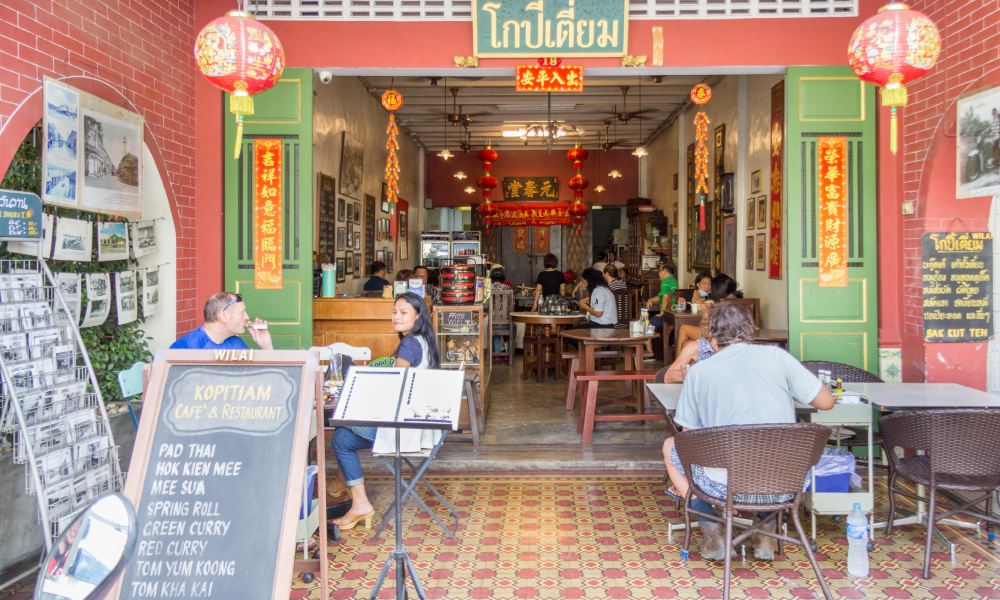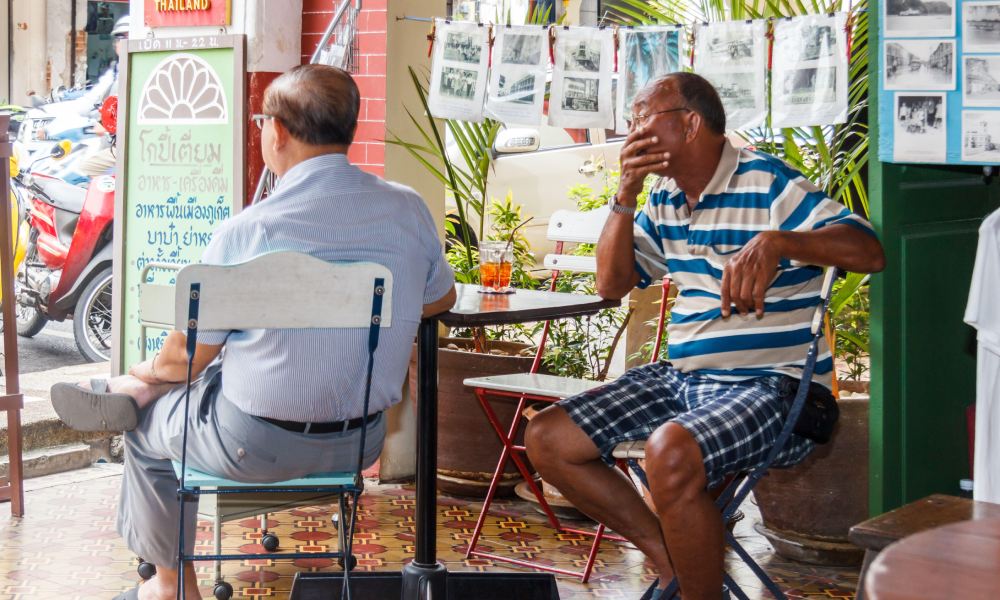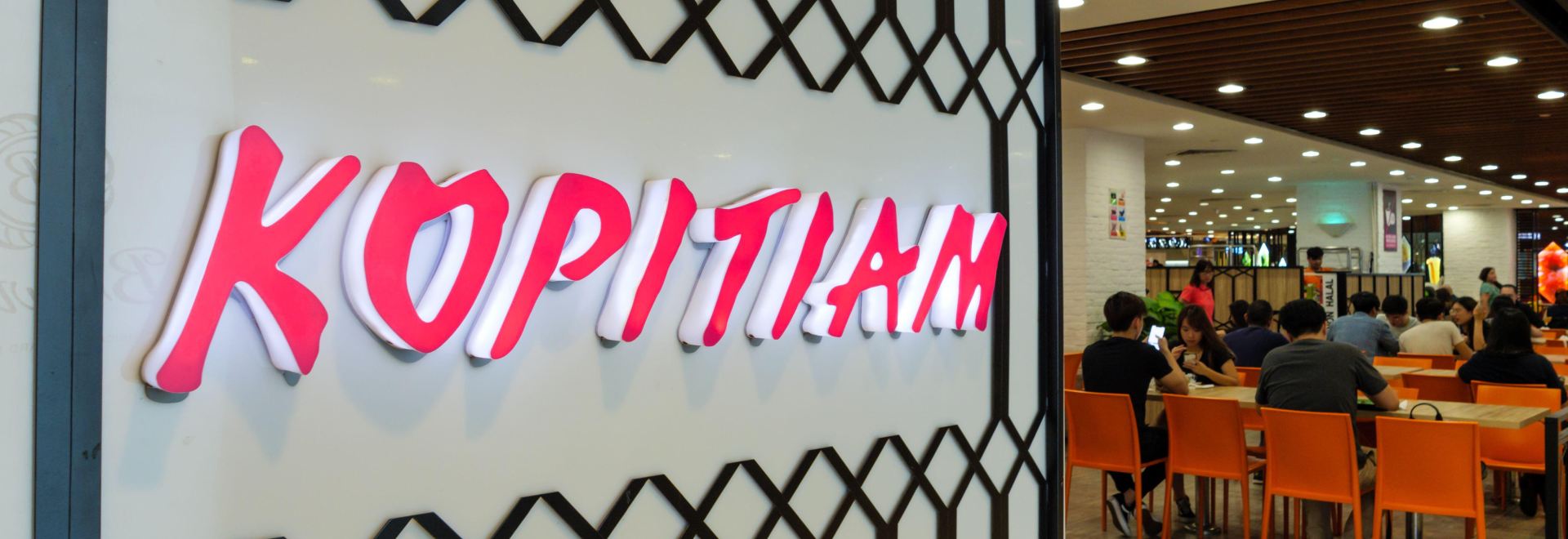Has Indonesia’s kopitiam culture bounced back?
Kopitiam have long been a part of Indonesia’s coffee culture. Jenna Gottlieb speaks with Gede Bagiarta about their evolving role in the local specialty coffee scene.
Specialty coffee in Indonesia is developing quickly, and the country’s kopitiam may have a crucial role to play in shaping its future.
Kopitiam are coffee shops commonly located in Indonesia, Malaysia, Singapore, Brunei, and Southern Thailand.
“Kopitiam has been in our culture for a long time,” says Gede Bagiarta of Seniman Coffee. “It was a culture in most Chinese-Melayu countries like Singapore, Malaysia and Indonesia.”
Kopitiam have historically functioned as vibrant social spaces, serving intense, dark roast blends (which often contain robusta) and simple food dishes.
“In some places, you will find people talking to each other from across the room,” says Gede. “These cafés also serve a very simple menu or add dishes such as noodles or rice. Customers come for breakfast and sometimes stay until late afternoon just to have coffee and chat.”
The popularity of kopitiam has peaked and waned over the years. While the quality of the drinks has improved, their style has remained the same and is in keeping with darker roasted coffee typically seen in Indonesia.
“They usually serve black coffee or coffee with milk,” says Gede. “Sometimes they add butter to give the creamy feel and use condensed milk as a sweetener. Kopitiam mostly uses robusta beans roasted traditionally, and some roasters will add butter, ginger or cinnamon to enhance its aroma and flavour.”
While kopitiam are rooted in tradition, Indonesian coffee consumption has been taking considerable strides forwards. Domestic coffee consumption has almost quadrupled since 1990, reaching 4.8 million 60-kilogram bags of coffee in 2019/20.
There is a developing culture that is being built around drinking coffee. Younger people and a growing middle class have developed a consumer habit of drinking coffee while socialising. Additionally, there is a newfound appreciation for locally-produced coffee.
“Coffee is becoming more than just a drink – it is more of a lifestyle,” says Gede.

Local coffee shop values
The revival of kopitiam culture is also intertwined with an increase in the domestic consumption of Indonesian-grown coffee. Kopitiam owners tend to roast their own coffee or buy from local roasters. As such, locally-grown coffee is a convenient solution for kopitiam based in producing regions.
Kopitiam owners are showing more awareness of processing methods and how they influence flavour. While it might not have historically been a priority, there’s also more evidence that kopitiam are showing interest in specialty coffee culture and the kind of values we typically associate with it – including traceability and transparency.
In the 2000s, more local coffee shops emerged in response to the steady growth of large overseas coffee shop chains like Starbucks. This has led to the emergence of a coffee counterculture in Indonesia – a local-led rebellion of sorts.
Whether intentional or not, this is often characterised by a more authentic and honest coffee experience.
As a result, local coffee shops have established a robust following in contrast to global chains. “People who visit local coffee shops (kedai) usually already know what they are looking for and expecting from the shop,” says Gede.

Kopitiam may play a central role in the future
This growing movement towards traceability and an individualised, authentic coffee experience has created a strong foundation for the growth of specialty coffee.
However, it could be argued that, as specialty coffee gains momentum in Indonesia, kopitiam may be left in a vulnerable position. Their inherent connection to tradition may leave them as relics of the past.
But Gede suggests that this could be a strength – they have a valuable role to play in keeping certain cultural traditions alive.
“They will always remain an option for more traditional ways of drinking coffee and offering a nostalgic feeling – like a film camera in the digital era,” he says.
Yet, as more people become aware of specialty coffee, there becomes a greater incentive for kopitiam to adapt and evolve.
“More people have knowledge of this industry, from the farmers to customers,” says Gede. “In recent years, more cafés have been opened, local and national competitions were held, and a national coffee organisation was established.
“This all contributes to the ecosystem of the specialty coffee market as people are getting more educated about coffee,” says Gede. “The more people get educated about coffee; the more people get involved in the industry as consumers or as players.”
As Indonesia’s coffee market grows, embracing specialty coffee may be essential for kopitiam to thrive. However, the concern lies in whether they can preserve their identity while doing so.
“Kopitiam often fade because the children of café owners don’t want to continue it – they will replace or renew the store to a modern café with updated menus, bringing a new atmosphere,” says Gede. “This is inevitable because they need more income to keep the business running – they need ways to adapt to the new market.”
Ultimately, kopitiam have a balance to strike. On one hand, they hold significant value in people’s social lives and serve as symbols of age-old drinking traditions. On the other, they have certain inherent characteristics, such as traceability and a strong connection to robusta, that could position them as central to the future of specialty coffee in Indonesia.








